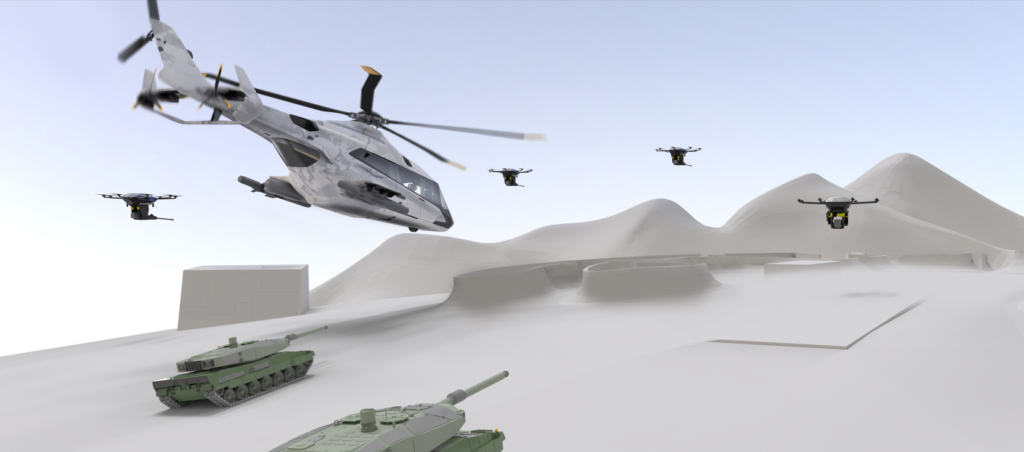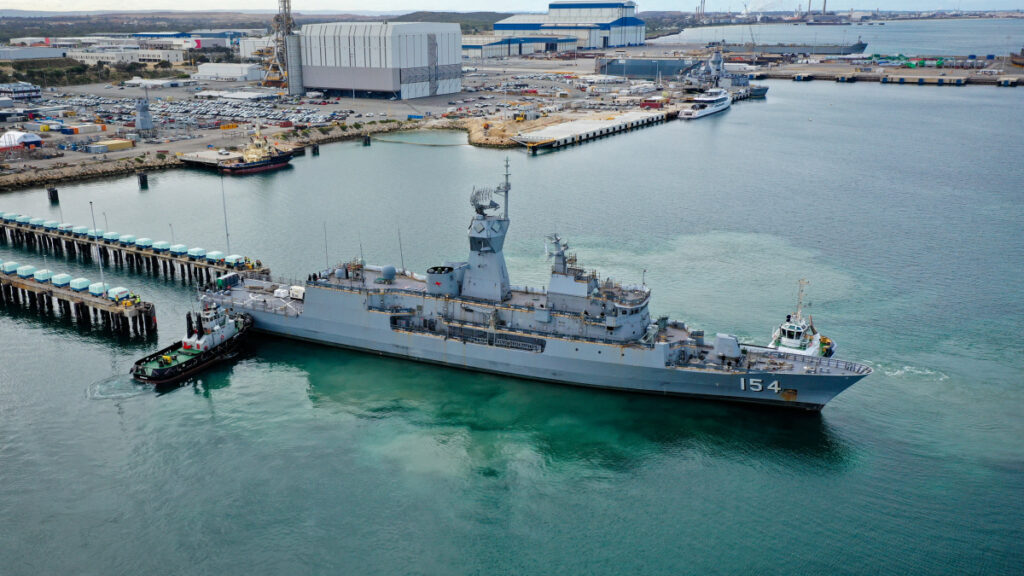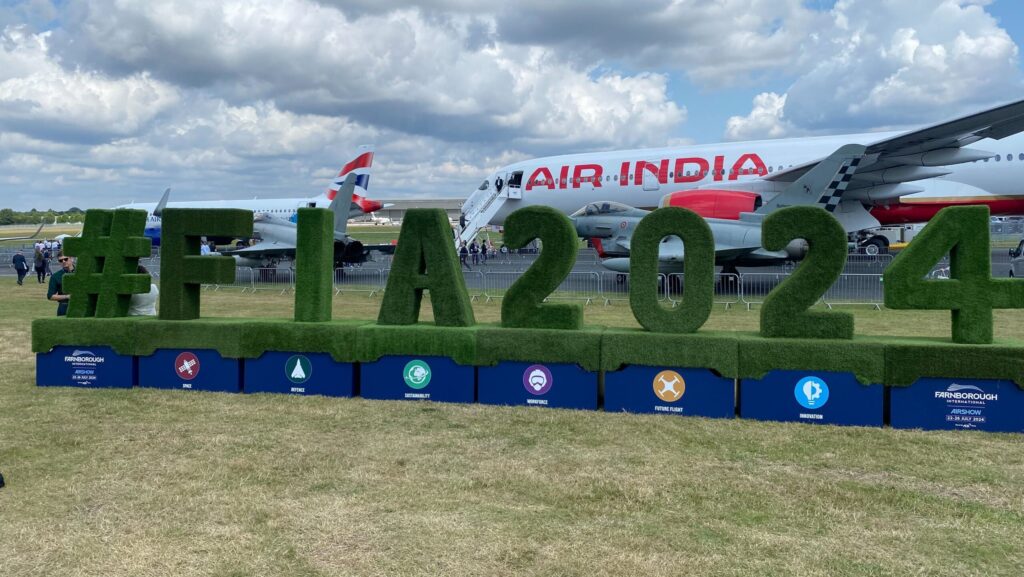U.S. Air Force Capt. Melanie “MACH” Kluesner, F-35A Lightning II Demonstration Team pilot and commander, flies an aerial demonstration certification flight at Hill Air Force Base, Utah, Feb. 22, 2024. (U.S. Air Force photo by Staff Sgt. Kaitlyn Ergish)
WASHINGTON — The Pentagon has lifted lightning restrictions for the most widely used version of the F-35 Joint Strike Fighter, allowing the Lockheed Martin jet to fly in thunderstorms for the first time since 2020, Breaking Defense has learned.
The Defense Department formally lifted the restrictions on March 19 after devising a hardware and software fix for the lightning protection system used aboard the F-35A conventional takeoff and landing variant, JPO spokesman Russ Goemaere said in response to a press inquiry.
The F-35A had been prohibited from flying within 25 miles of lightning since June 2020, when damaged tubes were found installed on the On-Board Inert Gas Generation System (OBIGGS) in several planes.
The OBIGGS prevents a jet from exploding when being struck by lightning by pumping nitrogen-enriched air into the fuel tanks to make its contents inert, and damage to the tubes carrying the inert gas raised the specter that the system would not function properly in an emergency.
The JPO declined to comment on how many F-35As have been modified with the latest OBIGGS fix and cleared to fly near lighting, citing operational security concerns.
“The fix included a more robust On-Board Inert Gas Generation System (OBIGGS) hardware design along with software updates. Testing for these efforts was a combination of lab and flight testing,” Goemaere said.
The Air Force’s Air Combat Command said in a statement that OBIGGS “underwent extensive hardware testing and analysis,” and “once it was certified as safe to operate, the distance restriction was reduced.”
Lightning has been a longstanding — and ironic — thorn in the side of the F-35, nicknamed the Lightning II.
In the early 2010s, the Pentagon imposed flight restrictions on the F-35 after its independent weapons tester discovered the fuel tanks weren’t receiving enough nitrogen-enriched gas to render them safe. After the OBIGGS was redesigned, the program office cleared the F-35 to fly near lightning in 2014.
Six years later, maintainers at Hill Air Force Base’s Ogden Logistics Complex in Utah discovered the most recent OBIGGS tube issue during routine depot maintenance, finding over a dozen F-35As with damaged tubes during an initial inspection of 24 jets.
The problem — which was not discovered on the F-35B short takeoff and landing or F-35C carrier variants —caused the Pentagon to temporarily pause all F-35 deliveries for a couple weeks in 2020 to rule out an OBIGGS production defect. Deliveries resumed after Lockheed validated that it was installing the system correctly, with issues developing later after operational use, a Lockheed spokesman said then.
The JPO had hoped to clear the F-35 to operate in lightning conditions in 2022 after making initial hardware and software adjustments to OBIGGS, but found the planned upgrades insufficient to address safety concerns, officials told Breaking Defense at the time.
The JPO said then it had no timeline for implementing an additional fix that would allow it to lift restrictions. However, the program office would continue retrofitting the Air Force F-35A fleet with the OBIGGS modifications, which included more robust tubes and fittings that could better withstand the vibrations of flights, as well as software that notifies the pilot if OBIGGS performance is deteriorating.
The JPO declined to detail how the most recent OBIGGS upgrades improved upon previous attempts, citing operational security. The Air Force did not respond to a request for comment by press time.
“We credit the government and industry engineers who applied technical rigor, conducted analysis, and drove data-driven decision-making to overcome the challenges that were identified in 2022,” Goemaere said. “The fix restores operational capability, while providing additional safety for the pilots and aircraft.”
In its statement, Air Combat Command added that pilots are instructed to never fly directly into lightning conditions unless thunderstorm penetration is necessary to accomplish a mission.



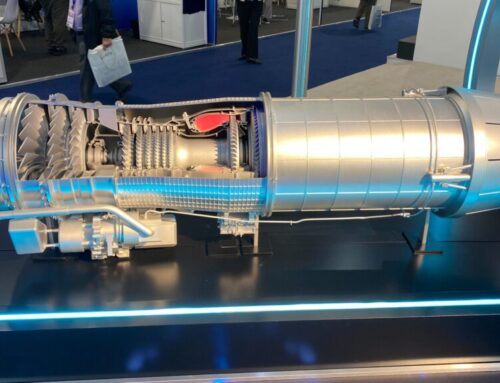
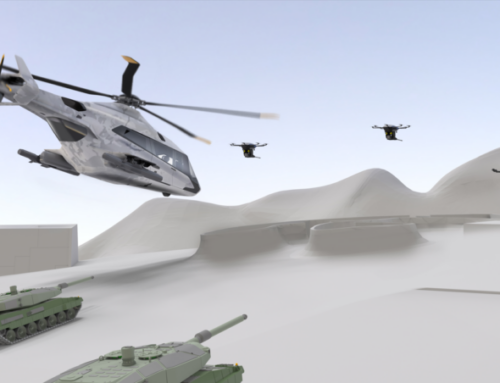
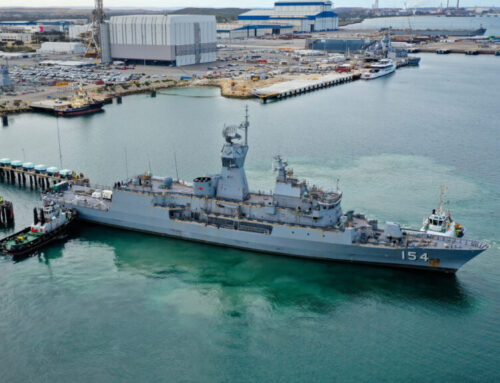
![The sights from the 2024 Farnborough Airshow [PHOTOS]](https://centurionpartnersgroup.com/wp-content/uploads/2024/07/IMG_8722-scaled-e1721930652747-1024x577-hZjwVb-500x383.jpeg)

